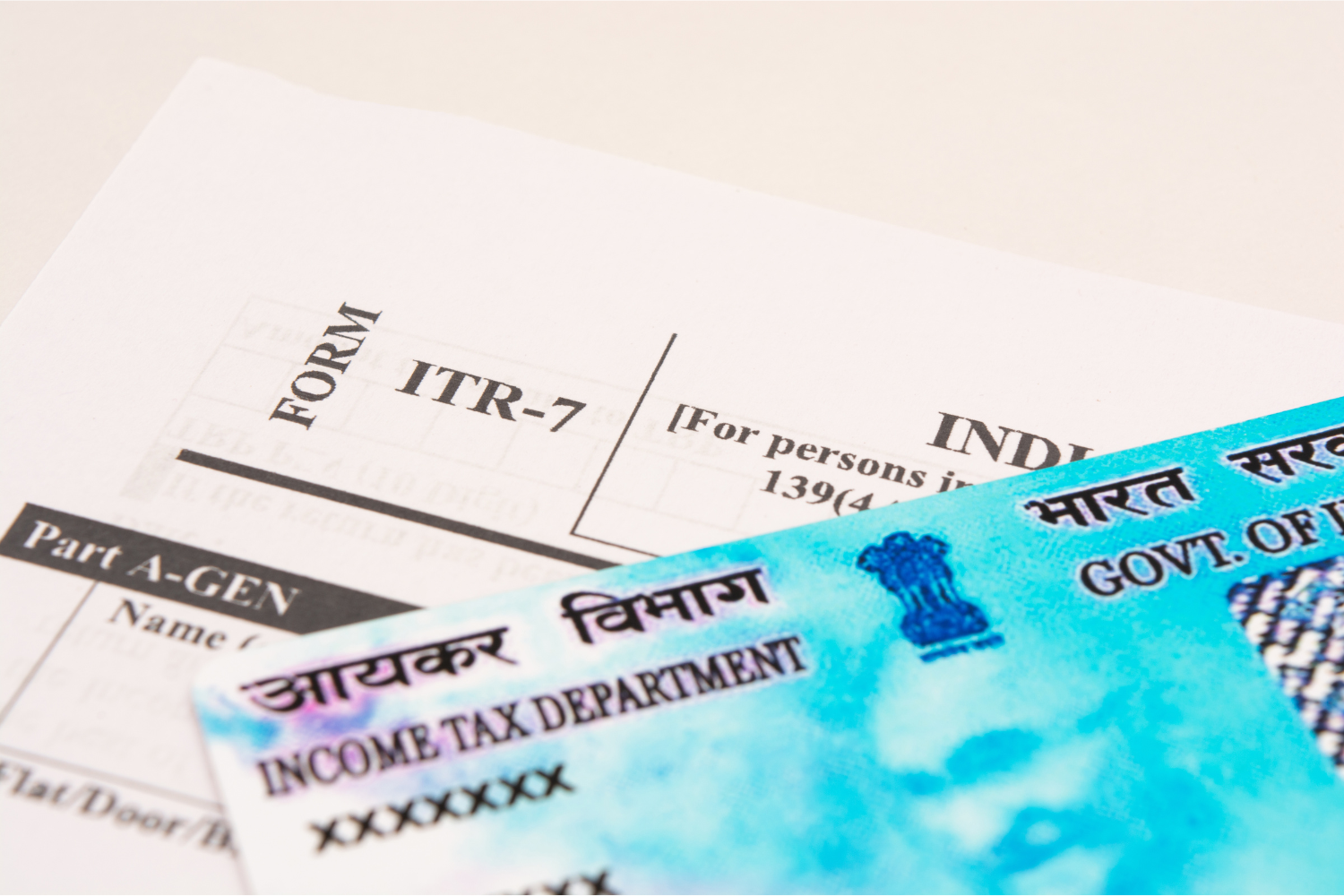What Is Tax Deducted At Source & TDS Certificate?
What does TDS stand for?
TDS stands for Tax Deducted at Source. According to the Income Tax Act, if an employee’s payment exceeds certain thresholds, the person or business providing the payment must withhold tax. The Income Tax Department has established rates for the deduction of this TDS.
The convenience of TDS comes from the fact that the entire taxable amount is calculated at the start of the fiscal year and divided into 12 equal parts. Since this tax is taken out of the pay each month, the taxpayer is spared a significant financial burden at the end of the fiscal year.
Tax is deducted at the point of sale for the following payments:
Interest payment by BANKS | Salaries |
|---|---|
Rent | Commission |
Constitution fees | Professional fees |
The TDS rates
There are roughly 20–25 sections devoted to TDS rates that list different payment forms for which tax is withheld at the source. Here are a few examples of the most typical payments when tax is withheld at source:
Section | Type of Payment | Rates of TDS |
|---|---|---|
192 | Salary | 15 percent |
194 | Deemed Dividend | 10 percent |
194A | Interest other than interest on securities | 10 percent |
194C | Payment to resident contractors | 1 percent or 2 percent |
194 D | Insurance commission | 5 percent and 10 per cent |
194G | Commission on sale of lottery tickets | 10 per cent |
194H | Brokerage | 10 per cent |
194 I | Rent | 2 percent in case of rent of plant and machinery. 10 percent in case of land rent or building rent or furniture and fixtures. |
194 I-A | Payment in case of transfer of any immovable property (not the rural agricultural land) | 1 percent |
194J | Professional fees, tech fees, royalties, or director compensation are all examples of fees. | 10 per cent |
194LA | Payment of compensation on acquiring immovable property | 10 per cent |

What Does a TDS Certificate Mean?
The person or business that withholds the tax from the taxpayer issues this certificate. Two categories of TDS certificates exist:
- Form 16: The employer provides this to the employee. It includes information on the taxes that were deducted for the whole fiscal year.
- Form 16A: When taxes are deducted from payments other than salaries, this certificate is given.
Consider the following example to better understand this:
Consider Mr. X is employed by a corporation where the tax deduction rate is 15%. The company will give Mr. X Form 16 once TDS has been deducted, which will contain all the information regarding the tax that was deducted and the amount of salary.
If Mr. X is employed by an organisation as a professional and receives professional fees from that organisation, he will receive Form 16 A for the tax deducted.
Conclusion
In conclusion, Tax Deducted at Source (TDS) is a procedure where a person or corporation deducts a specific proportion of tax from payments made to another party. It is a method of obtaining tax at the point of origin, assuring revenue for the government and encouraging tax compliance. In addition to salaries, interest, rent, and professional fees, TDS is also applied to other sources of income.
A TDS Certificate, often referred to as Form 16 or Form 16A, is a record provided to the deductee by the deductor as evidence of the deduction of TDS. It includes information on the deductee, deductor, TDS amount, and other pertinent details that can be used to support tax filing and tax credit claims. Transparency, accountability, and compliance are made possible through TDS and TDS certificates, which are essential components of the tax system.



